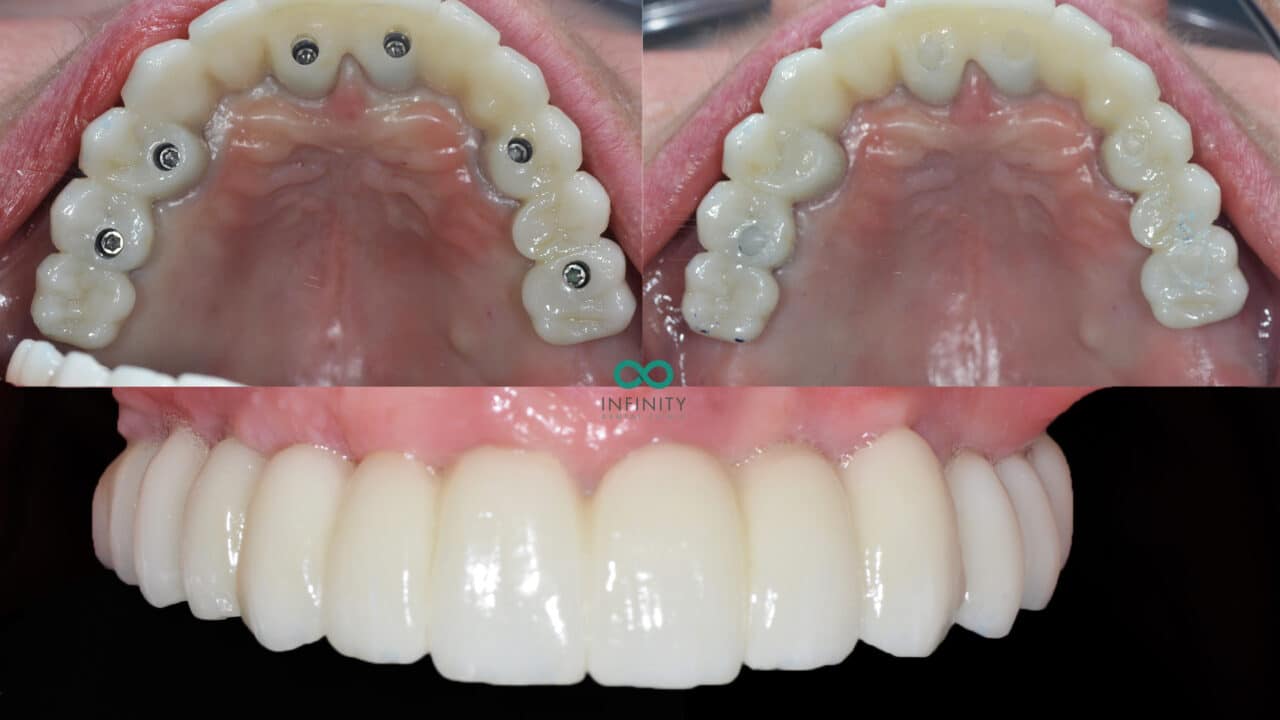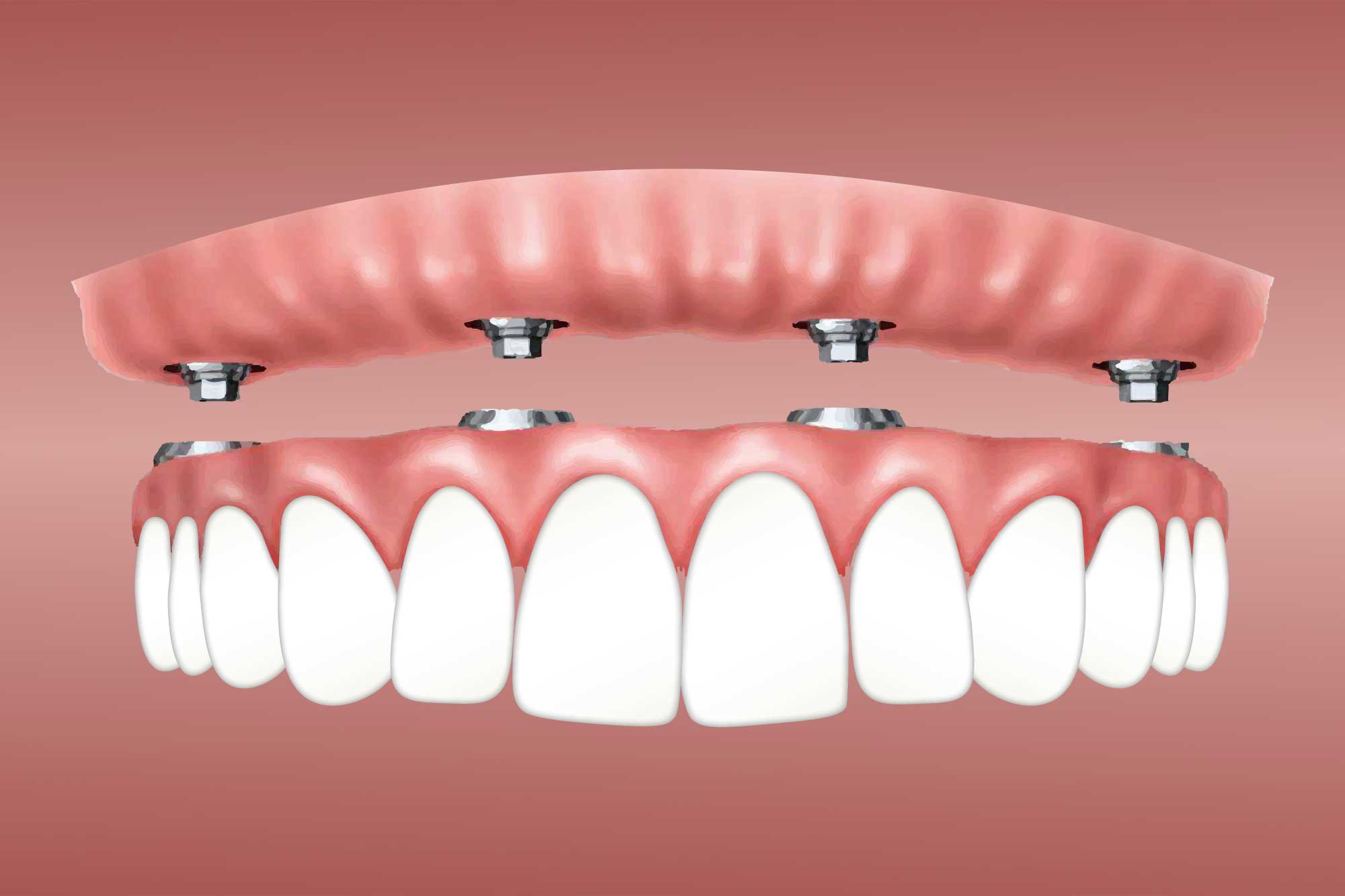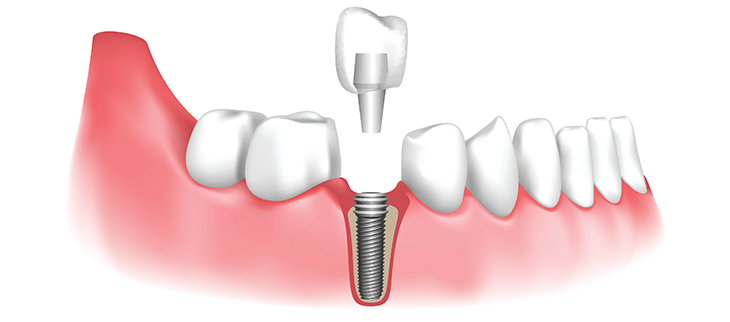Pediatric Dentist Hartford OH Full Mouth Dental Implants
Pediatric Dentist Hartford OH Full Mouth Dental Implants
Blog Article
Dental Clinic Sunbury OH Dental Implant Types: Choosing the Right Solution
The dental implants procedure is a comprehensive process designed to exchange missing teeth with artificial roots. This technique address is broadly regarded for its efficacy like this and durability. click here to find out more Understanding the step-by-step strategy can help potential patients know what to expect and put together adequately.
Initial session marks the start of the dental implants journey. During this phase, the dentist evaluates the oral cavity, critiques the patient’s medical historical past, and discusses the goals of therapy - Dental Implants Hartford OH. This interplay creates a roadmap for the entire process, guaranteeing that specific wants are catered to accordingly
After the session, diagnostic imaging comes into play. X-rays or 3D scans of the jawbone help the dental group assess bone density and determine one of the best positioning for the implants. This information is crucial for growing a tailored remedy plan. Appropriate imaging ensures that patients stay informed about their unique situation.
Dentists Condit OH Frequently Asked Questions About Dental Implants
Once planning is complete, the surgical part begins. Local anesthesia is administered to minimize discomfort in the course of the procedure. The dentist then creates a small incision in the gum where the implant shall be placed. This meticulous process requires precision to avoid damaging surrounding tissues.
Next, the dental implant, typically made of titanium, is inserted into the jawbone. Dental Care Associate Alexandria OH. This implant serves as the artificial root for the long run crown. After placement, the gums are sutured closed, permitting the implant to integrate with the bone by way of a course of referred to as osseointegration. This therapeutic period usually lasts several months, because the bone grows around the implant
Follow-up appointments are essential in the course of the therapeutic part. The dentist carefully displays the area to make sure proper therapeutic and integration. X-rays may also be taken to visualise the progress of the implant throughout the jawbone. These check-ups present reassurance and allow for addressing any problems early on.
Once osseointegration is profitable, the subsequent step involves placing an abutment. This small connector sits on high of the implant and serves as a basis for the crown. The dentist opens the gum to connect the abutment, which quickly extends above the gum line. This phase usually requires extra healing as properly.
Pediatric Dentist Hartford OH Dental Implants for Seniors: Considerations and Benefits
Impressions of the teeth are then taken to create a customized crown. This crown is designed to look and performance like a natural tooth. The dental lab utilizes these impressions to craft a crown that seamlessly integrates with the patient’s existing dentition. The personalised method ensures not just aesthetics but also functionality.
Once the crown is ready, the patient returns to the dentist’s office for final placement. The crown is fastidiously bonded onto the abutment, securing it in place. This second signifies the fruits of the dental implants procedure, remodeling the look and performance of the patient’s mouth considerably.
Pediatric Dentist Alexandria OH What Are Dental Implants? Types, Benefits, and More
Post-procedure care is essential. The dentist offers specific directions, including dietary suggestions and oral hygiene practices. Regular check-ups are essential to observe the crown and total dental health. Adhering to steerage promotes longevity for both the implants and the encircling teeth.
Sometimes, potential issues can arise during the healing and integration phases. Patients could experience discomfort or swelling, which is typically normal. If persistent pain or uncommon symptoms develop, reaching out to the dental professional is important for addressing any concerns instantly.
The advantages of dental implants lengthen far beyond aesthetics. They restore the operate of the mouth, making chewing and speaking extra comfortable. Unlike conventional dentures, which might slip or require adhesive, implants offer a extra steady solution.
Dental Clinic Centerburg OH Dental Implant Recovery
Long-term success hinges on proper care. Engaging in routine dental hygiene practices, together with brushing and flossing, ensures the health of both the implants and natural teeth. Regular dental visits allow the dentist to evaluate the general condition of the mouth.
In summary, the dental implants process is a multi-faceted method to restoring missing teeth. Each step, from preliminary session through to postoperative care, is crucial for attaining optimal outcomes. With a concentrate on personalised remedy plans and attentive follow-up, patients can look forward to improved oral health and renewed confidence.
Understanding each stage equips individuals with data, serving to them navigate the process easily. The advancements in dental know-how continue to boost the success and comfort related to implants. This transformative journey isn't just about replacing teeth but also about enhancing quality of life.
Dental Care Galena OH Dental Implant Types: Choosing the Right Solution
Continued training in regards to the course of and maintenance reinforces the worth of dental implants, making them a preferred alternative for many. As more individuals search options for tooth loss, the significance of knowledgeable decision-making becomes ever clearer.
Successful outcomes and happy smiles are the ultimate word testament to the efficacy of the dental implants process. Engaging in open dialogue with dental professionals results in informed selections and successful patient experiences in dental care.
- Initial consultation entails a complete dental examination, including X-rays, to assess bone density and decide the feasibility of implants.
- A customized remedy plan is developed, outlining the process, recovery time, and prices concerned.
- Prior to the surgery, sufferers might bear extractions or bone grafting if necessary to ensure a stable basis for the implants.
- Anesthesia choices are mentioned, and the surgery is usually performed underneath native anesthesia or sedation to make sure consolation.
- The dentist places the titanium implant into the jawbone through a small incision within the gum, allowing for integration with the bone over time.
- A therapeutic interval of a number of months follows, permitting the implant to fuse with the jawbone in a process called osseointegration.
- The subsequent step involves the position of an abutment, which serves as a connector between the implant and the prosthetic tooth.
- After a further therapeutic period for the gums to recover, the ultimate prosthetic crown is custom-made and securely hooked up to the abutment.
- Post-procedure care and common check-ups are crucial for monitoring the implant’s health and guaranteeing long-term success.
- Ongoing oral hygiene practices, including brushing, flossing, and skilled cleanings, are important to take care of each the implant and general dental health.undefinedWhat is the primary step in the dental implants procedure?

The first step sometimes involves a thorough dental examination, together with X-rays and 3D imaging, to evaluate the bone structure and determine if dental implants are a suitable possibility for the affected person.
Dental Care Associate Pataskala OH The Advantages, Risks, and Insurance for Dental Implants
How long does the dental implant procedure take? - Dentists Hartford OH
The dental implant procedure can take a number of months, as it often requires multiple appointments. This includes the initial consultation, the implant placement surgery, and the therapeutic interval before placing the crown.
Dental Clinic Centerburg OH What Are Dental Implants? Types, Benefits, and More
Is the dental implant surgery painful?

Local anesthesia is administered through the process to reduce discomfort. Most patients report feeling minimal pain after the anesthesia wears off, and any discomfort can often be managed with over-the-counter pain relief.
What is the recovery time after the dental implant surgery?
Recovery time varies relying on the individual and the complexity of the procedure. Generally, preliminary therapeutic takes about 1 to 2 weeks, whereas the complete integration of the implant into the bone can take a quantity of months.
Pediatric Dentist Hartford OH Permanent Dental Implants
How do I take care of dental implants after the procedure?
Caring for dental implants entails sustaining wonderful oral hygiene practices similar to caring for natural teeth. Regular brushing, flossing, and dental check-ups are essential to make sure the longevity of the implants.
Dental Care New Albany OH Dental Implants Cost Breakdown: What You Need to Know
Are dental implants lined by insurance?
Insurance coverage for dental implants is dependent upon the person coverage. Many plans could cover a portion of the process, but it’s advisable to contact the insurance supplier directly to understand the precise coverage details.
Dental Care Associate Centerburg OH Dental Implant Procedure: What You Need to Know Before Surgery

What supplies are dental implants made from?
Dental implants are typically produced from biocompatible supplies like titanium, which integrates properly with bone. Some superior options include zirconia implants, recognized for their aesthetic enchantment and reduced metallic visibility.
Dental Center Sunbury OH Dental Implants: Services and Expertise
Can anybody get dental implants?
While many individuals are candidates for dental implants, these with underlying health points, insufficient bone density, or lively periodontal disease might have to address these issues earlier than continuing with the process.

How long do dental implants last?
Johnstown Dental Galena OH The Best Dental Implant Services
With correct care and maintenance, dental implants can final a lifetime. However, the lifespan of the crown positioned on the implant may vary and usually needs replacement every 10 to fifteen years.
Report this page